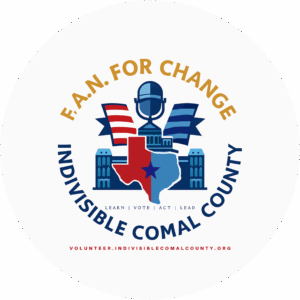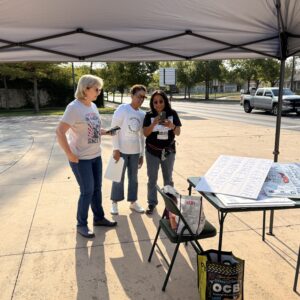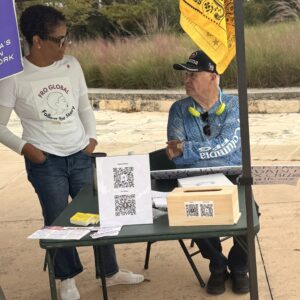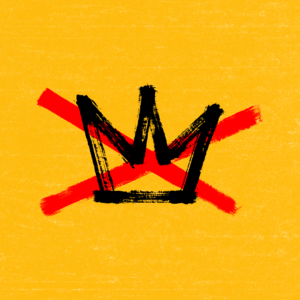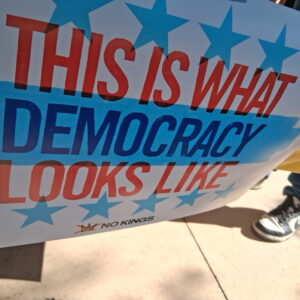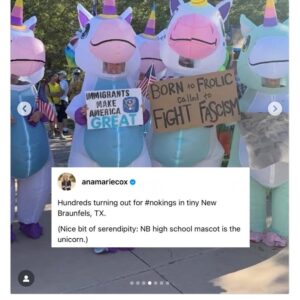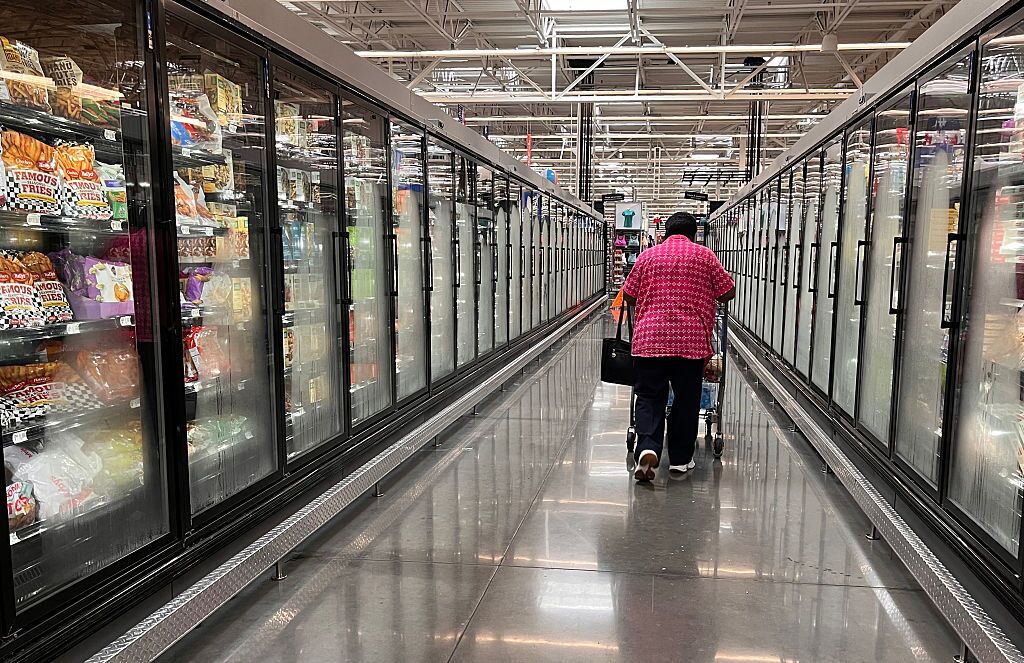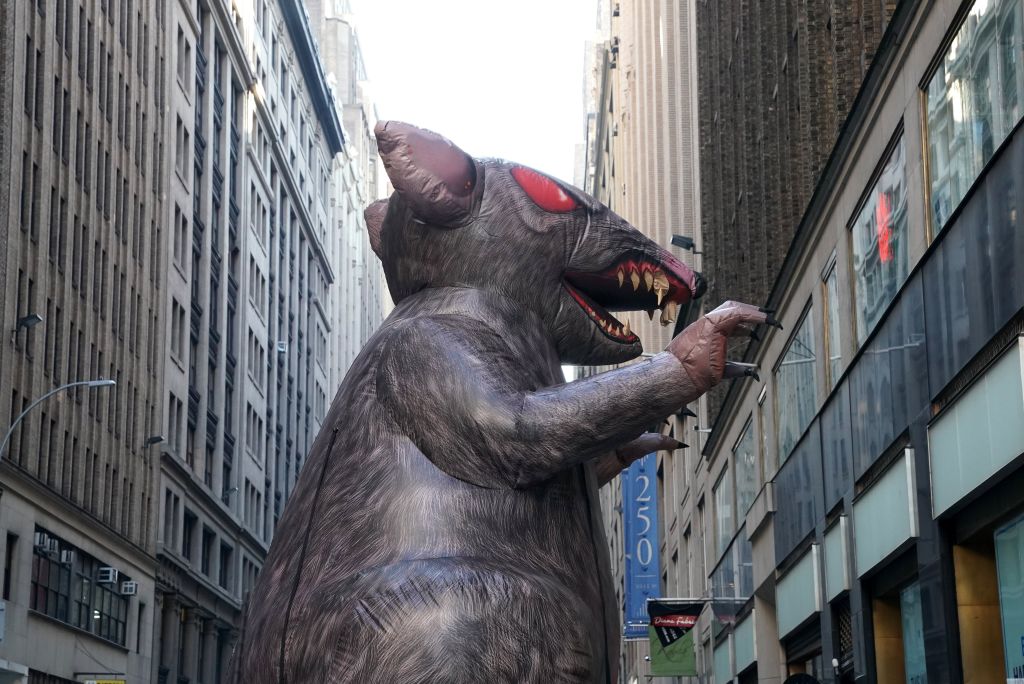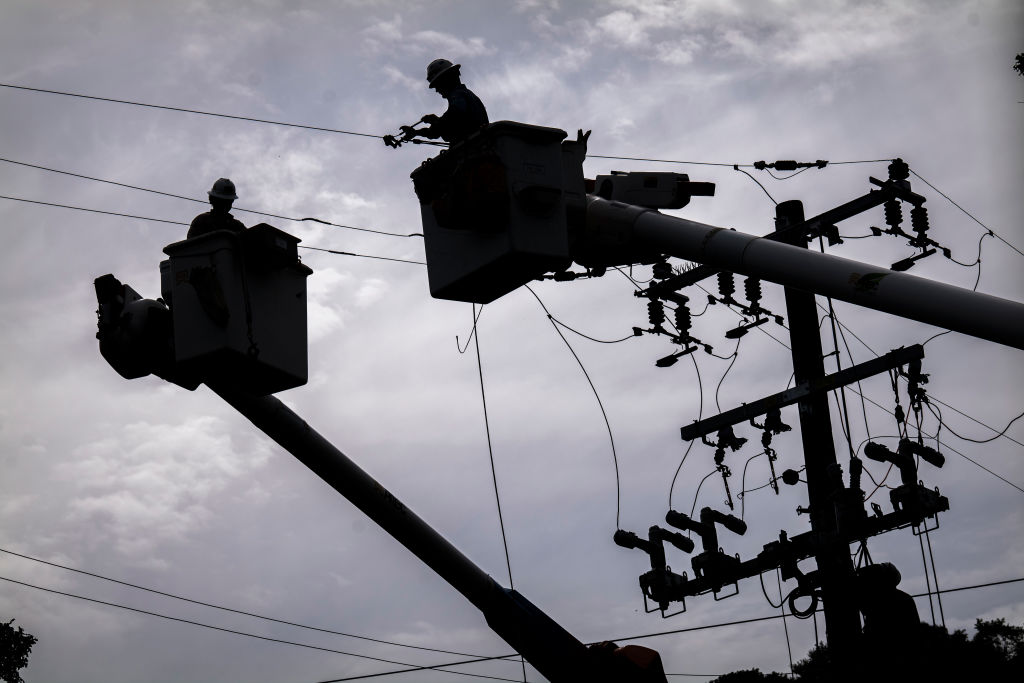
Right-wing media use a controversial geoengineering program to undermine tried and true climate solutions
May 16, 2025
Trump Envoy Relying on Netflix Documentaries to Figure Out His Job
May 16, 2025Women’s products already cost more thanks to the pink tax—and since women make most purchases, tariffs will hurt them even harder.
This story was originally published by The Contrarian.
President Donald Trump’s trade wars continue to create global turmoil and churn for financial markets. Monday, May 12th’s move—a temporary suspension of his “Liberation Day” bombast and 90-day pause until massive tariffs are fully imposed on China—seemed in part prompted by warnings of a dire toy shortage and the sour reaction to Trump blathering about … dolls. “A young lady, a 10-year-old-girl, 9-year-old girl, 15-year-old-girl, doesn’t need 37 dolls,” he told reporters. “She could be very happy with two or three or four or five.”
Incoherent as it sounds, it so happens that toys geared to girls indeed are among the consumer products most likely to be subject to an upcharge—tariff mania notwithstanding. I have been writing on the phenomenon known as the “pink tax” for the better part of a decade and, yes, from American Girl to Barbie dolls, we are talking ground zero for understanding how pricing inequities proliferate.
Generally, the phrase “pink tax” refers to gender-based pricing—which is nothing less than price gouging. Two federal consumer protection reports document the prevalence of the practice, both issued in 2018 during the first Trump administration: from the U.S. Government Accountability Office, “Gender-Related Price Differences for Goods and Services”; and a study conducted by former U.S. Rep. Carolyn Maloney, “Earn Less, Pay More: The State of the Gender Pay Gap and ‘Pink Tax’ in 2018.”
Among the worst offenders? Toys, bikes and scooters marketed to girls. Toiletries are also a trap: Shampoo marketed to women (think pastels and flowers) can cost nearly 50 percent more than that in containers sporting navy blue packaging; same goes for shaving paraphernalia (razors, cartridges and creams) as well as body lotion and deodorant. California and New York have passed laws to prevent some forms of gender-based price discrimination; attempts to advance a federal Pink Tax Repeal Act, last introduced in 2024, have never garnered traction.
The pink tax is also shorthand for the “tampon tax”—which refers to state sales tax, or more specifically the failure to classify menstrual products as a necessity, medical or otherwise, rendering them ineligible for a sales tax exemption. The result is an extra 6 to 10 cents on the dollar—pennies that add up over four decades or so. Campaigns to ax the tampon tax have been underway for several years and have seen significant bipartisan success. To date, 30 states have done away with the tampon tax, including those with Republican men at the helm, such as Florida and Texas.
Now in the face of Trump’s tariff frenzy, reports indicate we can expect to see yet another version of the pink tax—aka “pink tariffs”—given that women make the vast majority (80 percent) of all consumer purchases.
It gets more insidious. A U.S. International Trade Commission study found that women shoulder more of the tariff burden for clothing and shoe purchases because specific textile codes assign higher rates for articles designed for women. According to the Progressive Policy Institute, average tariff rates for women’s wear are 16.7 percent compared with 13.6 percent for men’s—adding up to a $2.7 billion gender gap. [And lest you think buying “unisex” is a cost-saving option, according to reporting by The 19th, those items are automatically classified as women’s.]
General principles of regressive taxation apply, which also disparately affect women. Overall, single-parent homes, more than 80 percent of which are led by women, are most vulnerable to tariffs, in part because they spend a high proportion of household income on basic goods. Single mothers are more likely to have low income (with an overall poverty rate of 28 percent). Women are 35 percent more likely to live in poverty and represent two out of three of low-wage workers, meaning they pay a larger share of wages on consumer products and across-the-board price increases due to tariffs just hit harder.
Of course, all of this comes against the backdrop of an administration seemingly hell-bent on getting women to have more babies. Despite its supposed consideration of policies such as a $5,000 cash allotment for new mothers (I wrote about it for The Contrarian), tariffs are now poised to drastically hike prices of child-rearing essentials like car seats and cribs, strollers and sippy cups. In other words, a baby pink tax –in which women are still most likely to be bled dry.
Congress has taken up the issue with reintroduction of the Pink Tariffs Study Act. Championed by U.S. Reps. Lizzie Fletcher and Brittany Pettersen, the bill would require the U.S. Treasury Department to assess gender bias in tariff rates. According to Fletcher: “Now, as President Trump has imposed tariffs and started a trade war … it is even more important that we understand how higher tariffs will raise costs for everyone, and women in particular.”
Indeed. Whether it is the price of baby dolls or the cost of caring for real families, we should not lose sight in the tariff discourse that the system is structured in a way that means women will be the first to feel the financial pain.
Great Job Jennifer Weiss-Wolf & the Team @ Ms. Magazine Source link for sharing this story.
